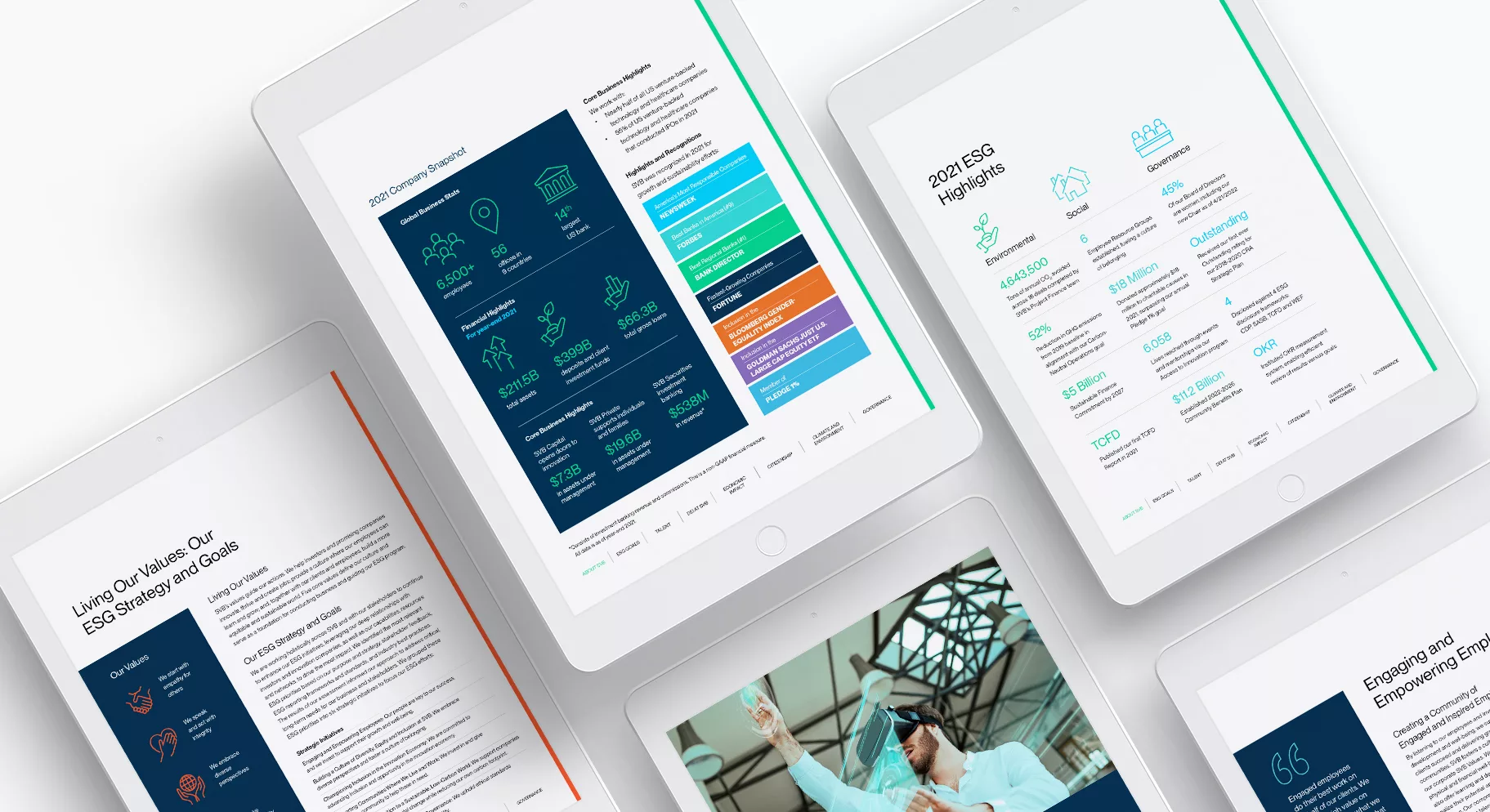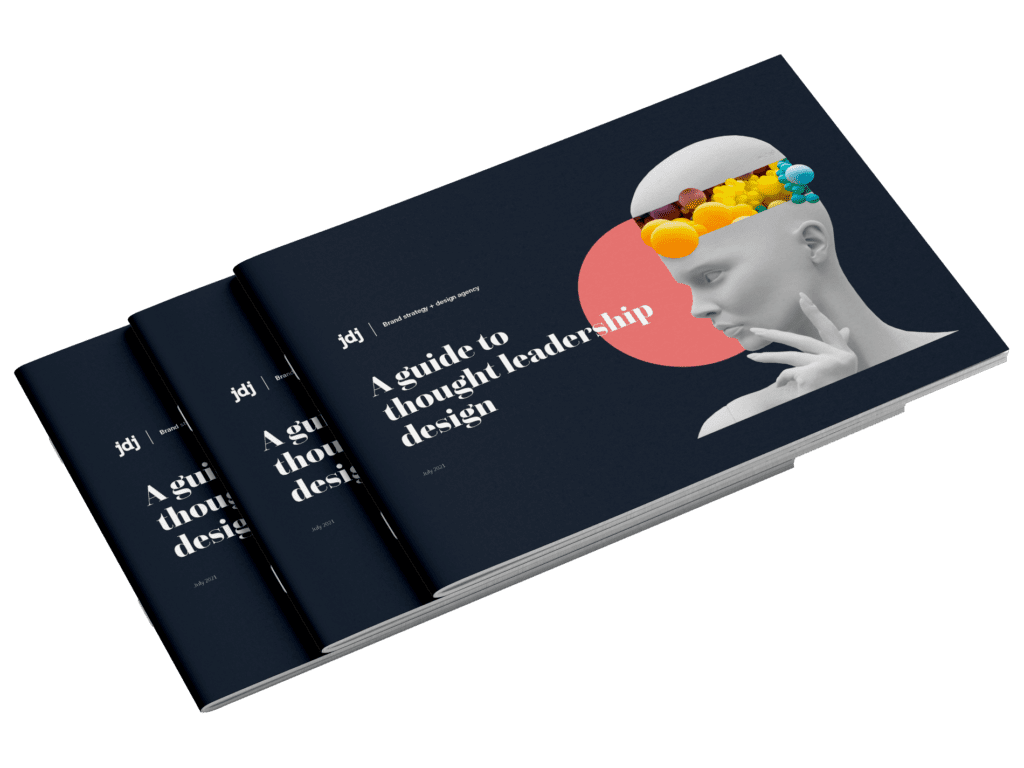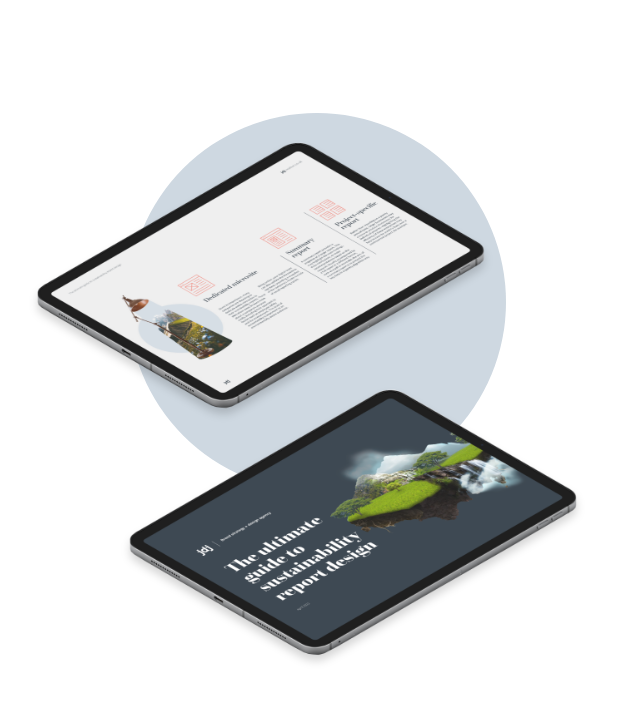CSR and ESG reports are, by their nature, information-heavy documents. For this reason alone, taking time to think about the document’s design is essential. How you choose to communicate this information will determine whether you create a document people want to read, or one that gets discarded by all but the most hardened stakeholders.
By following these design pointers, you’ll be able to create a report which looks as good as the information it contains.
Having determined your audience at the start of the reporting process, you’ll already know the type of information they are interested in, and how they choose to ingest it.
This will influence whether you present your information as tables or a more visually attractive infographic.
Large graphics and imagery may appeal to one audience but be distracting and even annoying to another. Sometimes, it may even be worthwhile to create different versions of the main report for different audience segments.
For maximum impact, your report should be a blend of statistics and storytelling.
Including selected case studies can enhance raw data by introducing a human element to the statistics without taking away from the hard facts. Likewise, an engaging narrative can add context to the numbers, citing real-world issues that further explain the reasons for year-on-year change, both positive and negative.

If you choose to include case studies, summaries, examples or other content which supports the key text in your report, a good way to separate them from the main narrative is through callout boxes.
Usually highlighted with a different background colour, a reader often skims these boxes before tackling the main body of text, making them an effective way to communicate key findings quickly.
Used to complement the main narrative, it’s important to place these boxes close to the relevant text they are supporting, and clearly identify their purpose with headings and references.
Until there is one universally accepted reporting framework, it is likely your report will address two or more of the most popular.
By highlighting these frameworks throughout different sections of the report, you can keep the report consistent. Another common approach is to create an index of reporting standards as an appendix to the document.
As investors and analysts will want to compare documents over different periods, it is courteous to keep layouts similar, to allow people to find comparable information with minimal effort.
Big brands are finding increasingly innovative ways to showcase their sustainability reports.
Alongside their 2020 Sustainability Report, Microsoft released ‘Sustainability City’, a Minecraft world that reflected the goals and themes of the main report. Heineken USA also promotes its annual report in innovative ways, including online games, a rap by Dutch hip-hop artist Blaxtar, and a campaign entitled ‘you’re not gonna read this’!

“
The speaker, Jared Spool, once said: “Good design, when it’s done well, becomes invisible”.
This is your aim. The key to an excellent report is making the information clear to your audience. Its design is merely a vehicle to help make it more accessible.
Bear this in mind and you should notice a difference in the quality of your report.
To ensure you’re on the right lines, it’s important to gather feedback along the design journey from multiple sources.
Your designer should have a good idea of what works for sustainability reports, but this may not be totally appropriate for your audience.
By seeking the opinions of key personnel involved in the report and within the company, you can both improve the design and narrative; and gain buy-in from your internal teams.
There are different approaches to sustainability report design, but it’s important to follow the rules above to ensure you create a document that both appeals to your different audiences and is easy to understand and compare year on year. Whether using an in-house team or an external agency, ensure you are clear about the purpose of the report and the design approach you wish to take.
Are you looking to publish your first sustainability report, or improve the design of your current offering?
Download our guide to sustainability report design and learn:
✅ The most popular reporting frameworks and how to use them
✅ The five key steps to successful sustainability reporting
✅ Our top tips for excellent report design
If you want to partner with an external agency, JDJ has over 10 years of experience designing reports for financial, educational, professional and technology companies in the UK and the US. Knowledgeable about the major sustainability reporting frameworks and with a proven track record of producing reports which inspire investors, consumers and internal stakeholders alike, we’d love to help on your sustainability reporting journey.
Share
Sign up to our monthly newsletter to receive your guide to thought leadership design.

Sign up to our monthly newsletter to receive your guide to annual report design.

Sign up to our monthly newsletter to receive your guide to sustainability report design.
